From May 12 to June 15, 2025, the French Navy conducted POLARIS 25, a major high-intensity operational readiness exercise. This joint, combined, multi-domain operation brought together over 3,000 French and allied military personnel, more than 20 surface vessels, and over 40 aircraft operating in the Atlantic and the English Channel.
During the exercise, Drone AI Technology collaborated with the 2e RIMa to deliver advanced drone support. Leveraging our latest AI models, we provided real-time area surveillance, tactical intelligence gathering, and reconnaissance of red team targets.
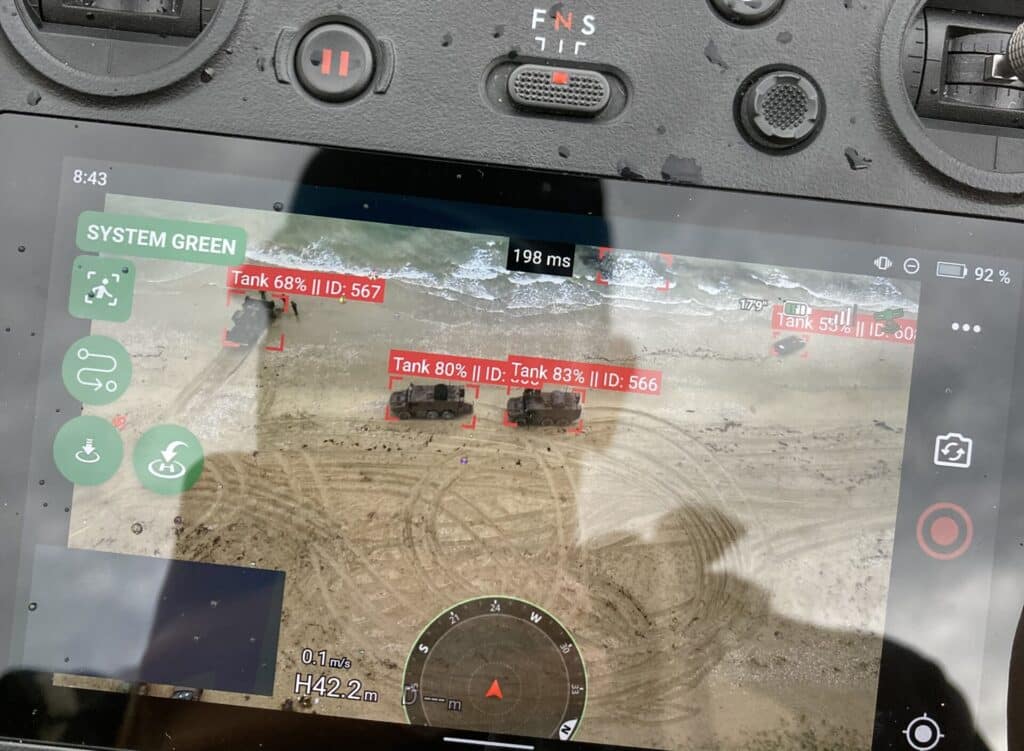

Marines troops from Italy, Brazil and the US were present as well.
* Land forces will complete these assets with troops, helicopters, logistics support, joint staff and ground air missile system. Marine Fusiliers and special forces from the Navy were also be involved.
POLARIS 2025 was structured into several key operational phases, each designed to simulate high-intensity symmetric warfare in a contested, multi-domain environment. Spanning from May 12 to June 15, the exercise tested the full spectrum of France’s expeditionary combat capabilities—on land, at sea, and in the air.
One of the core components was the Catamaran Phase, conducted in early June off the coast of Devon, UK. This amphibious assault scenario involved the Tonnerre and Dixmude amphibious assault ships, deploying ground forces from the 2e Régiment d’Infanterie de Marine (2e RIMa) and allied partner units. Supported by maritime and aerial assets, the goal was to establish a beachhead in a contested zone, mirroring conditions found in peer-to-peer combat situations.
The broader objectives of POLARIS 2025 included:
Drone AI Technology participated directly in this environment, working alongside the 2e RIMa during key phases to support surveillance, reconnaissance, and real-time intelligence workflows.
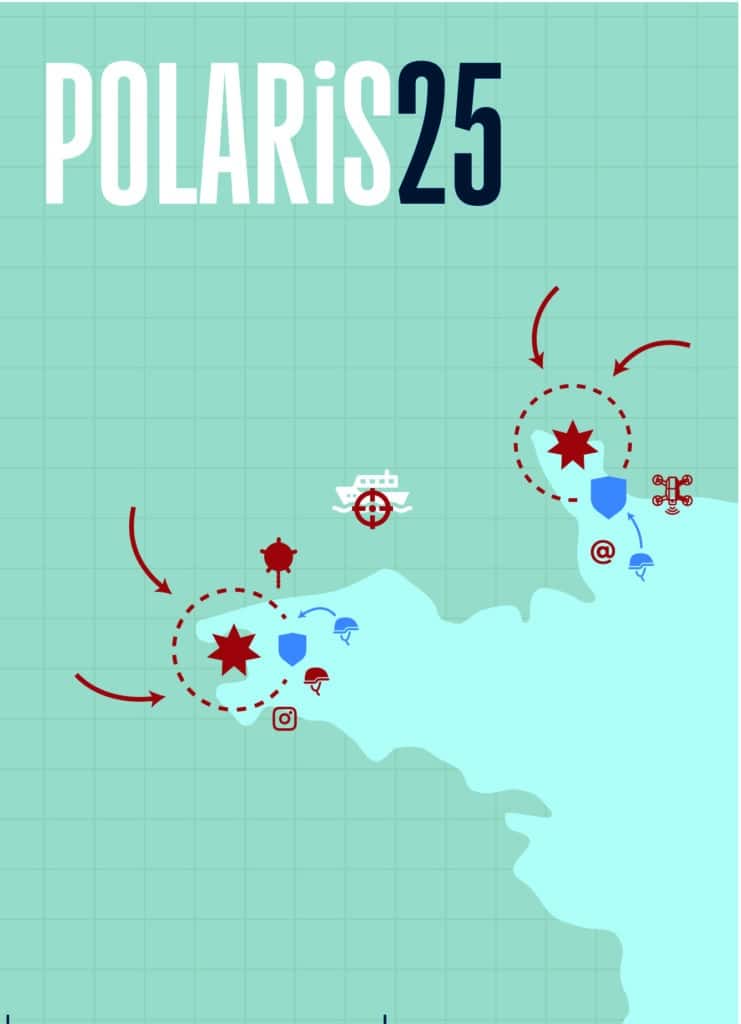
During Exercise POLARIS 2025, Drone AI Technology deployed its most advanced drone-based AI systems in close coordination with the 2e Régiment d’Infanterie de Marine (2e RIMa). Our mission: to enhance situational awareness, deliver real-time reconnaissance, and support high-stakes decision-making under simulated peer-to-peer conflict conditions.
Our systems were actively integrated into ground unit operations during both maneuver and amphibious phases

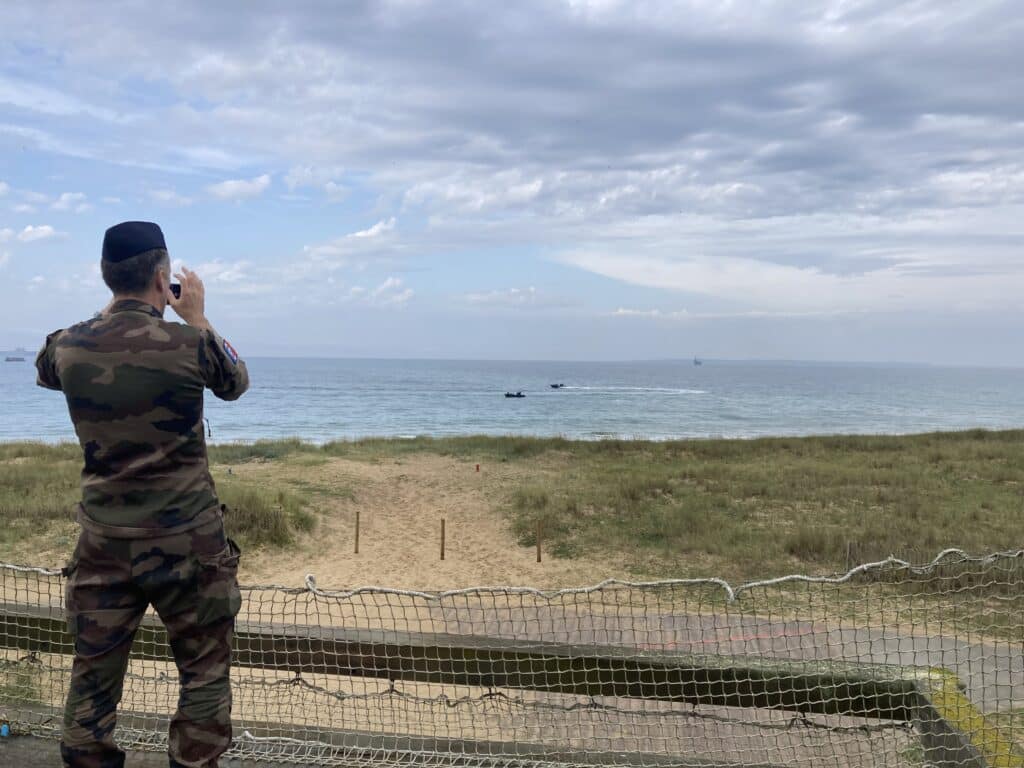
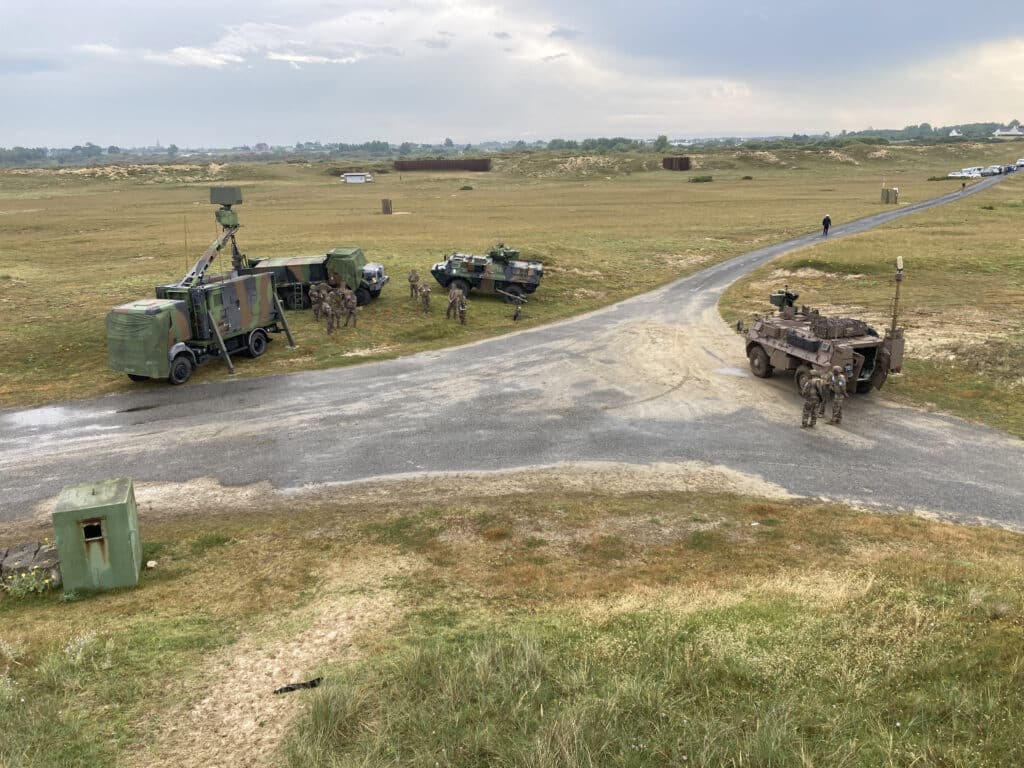
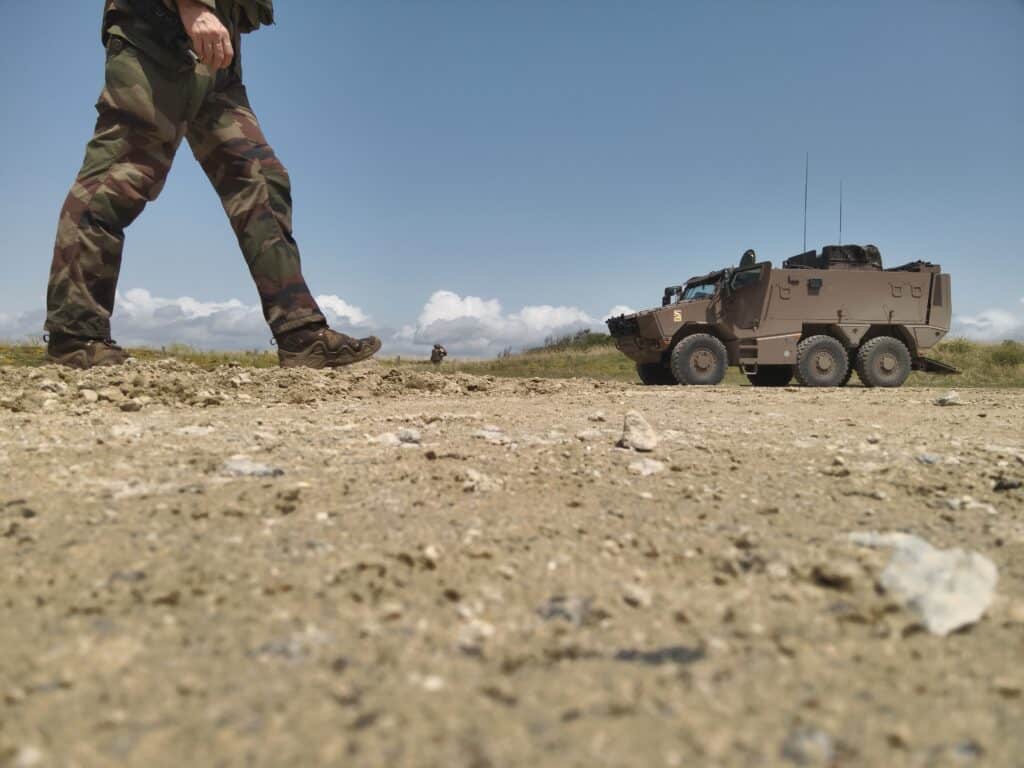
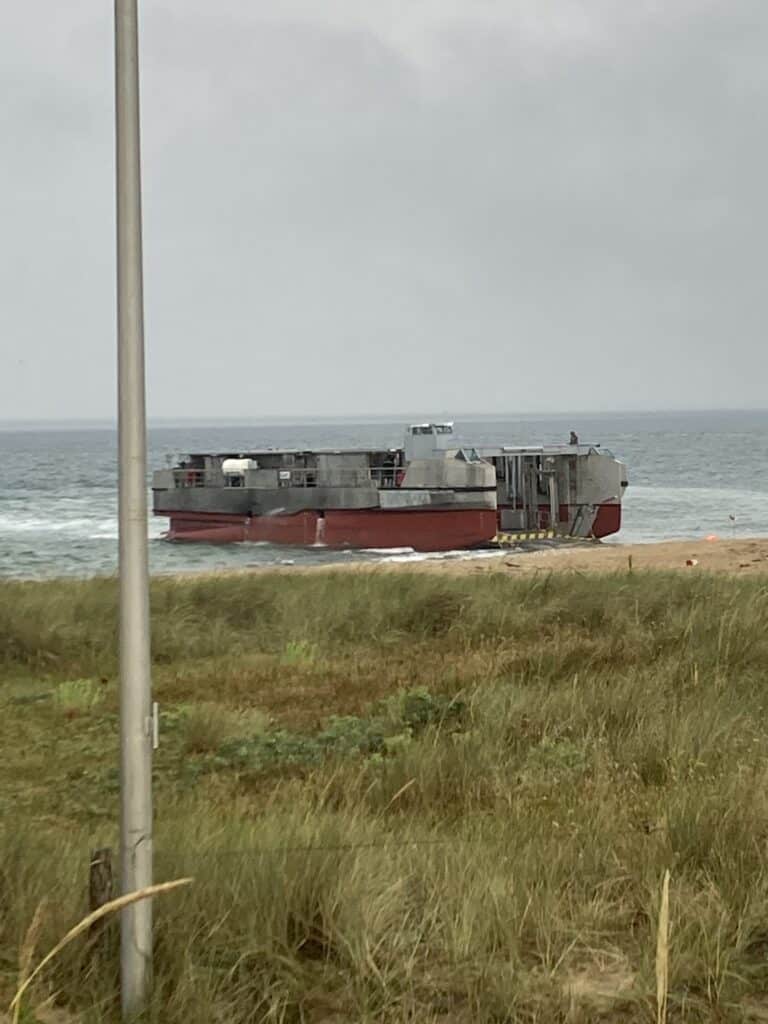
What set our contribution apart was not only the capability to process data at the edge—without relying on central servers—but also the ability to dynamically adapt flight paths and detection parameters based on evolving mission inputs. These systems were deployed across multiple sorties, integrating seamlessly with infantry and amphibious teams under real combat simulation pressure.
By the end of the exercise, Drone AI platform had demonstrated high reliability, mission flexibility, and the ability to augment human teams with accurate, real-time intelligence under symmetric warfare conditions.